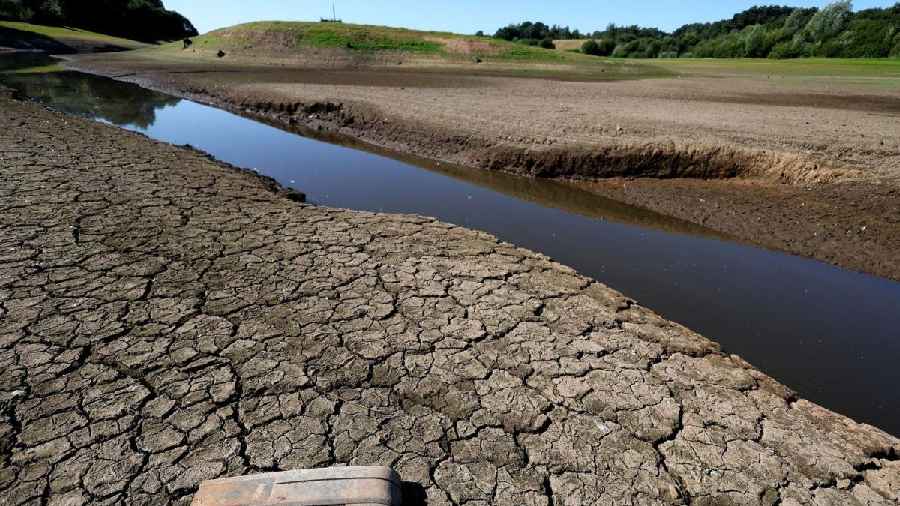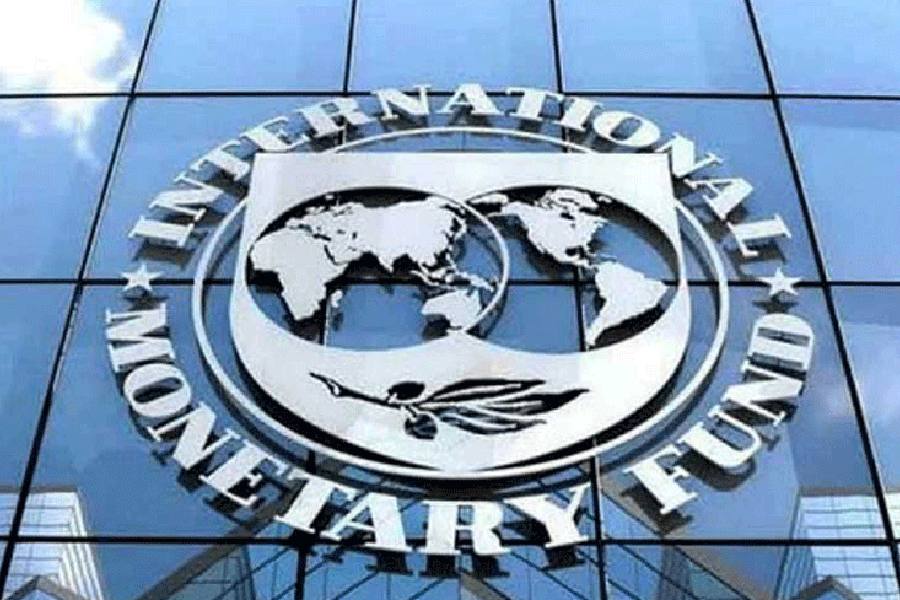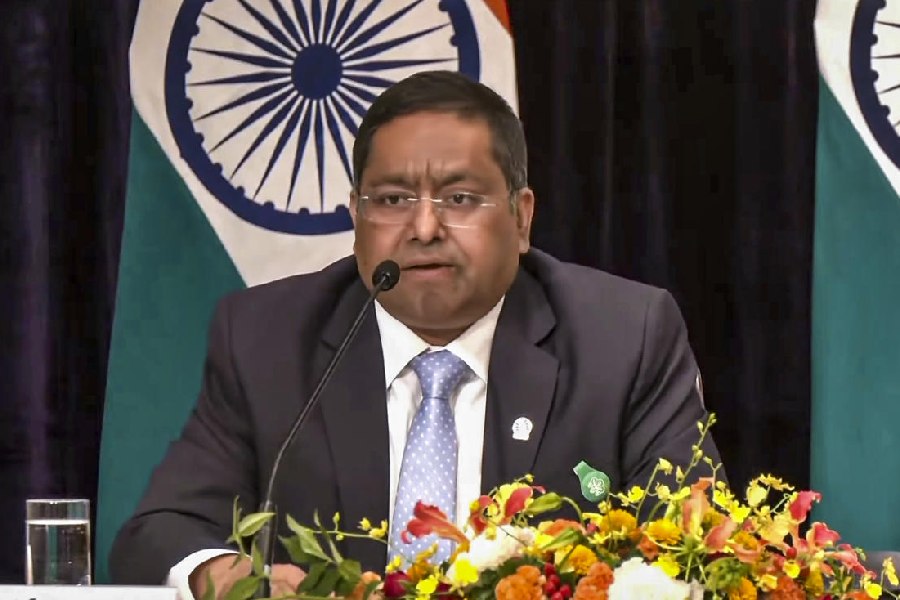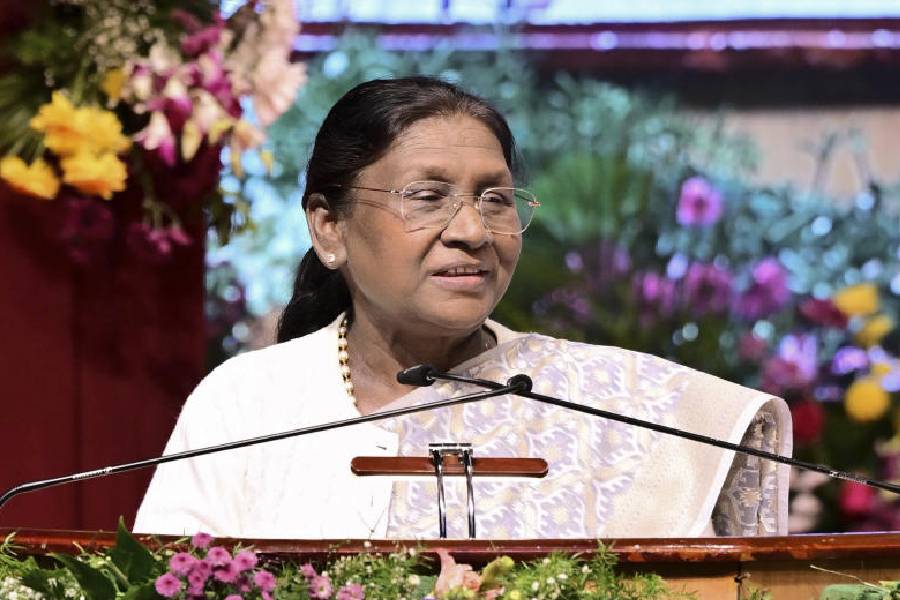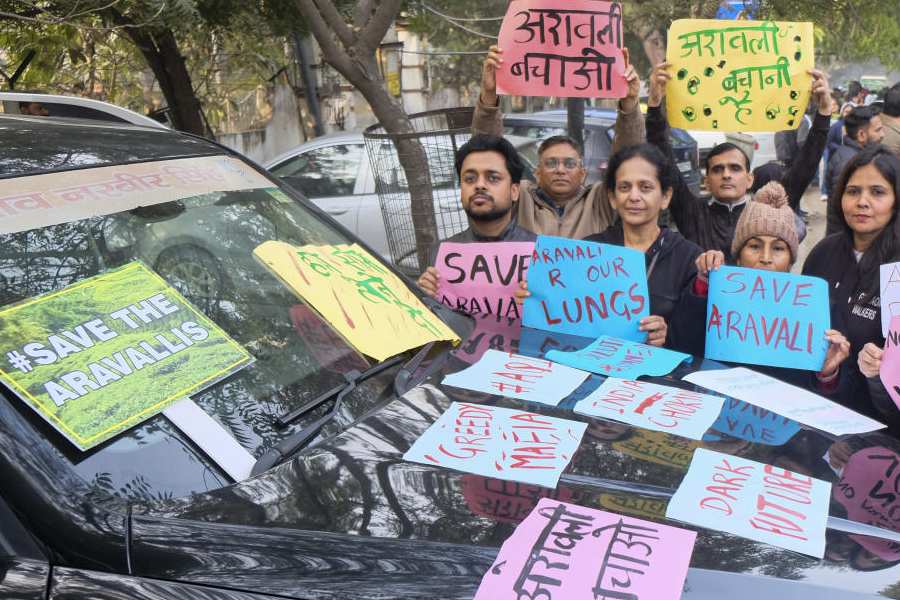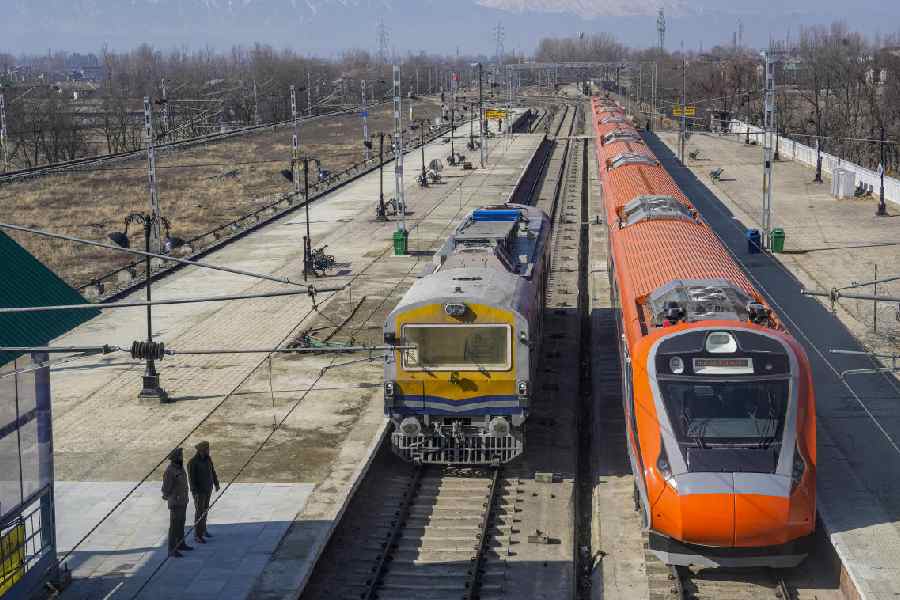Pakistan is bracing for an unprecedented water crisis as the Kharif season approaches, compounding fears for the country’s agriculture and food security.
With a looming 55 per cent water shortage and no reserves in major dams, irrigation planners are facing an uphill battle, the Dawn reported Thursday.
“There is no water in dams, river flows have plunged and fewer snow deposits on mountains are not promising improved flows,” an official told Dawn.
In an emergency meeting Wednesday, the Indus River System Authority (IRSA)’s advisory committee allocated water only for drinking in April, marking a rare shift to monthly water discharge reviews.
This decision comes as river flows have dropped drastically, and the Pakistan Meteorological Department (PMD) has warned of below-normal rainfall and rising temperatures in the coming months.
The Kharif season, which runs from April to September and includes key crops such as rice, sugarcane, cotton, and maize, is set to begin under dire circumstances.
The PMD projections for April, May, and June indicate persistent drought-like conditions, which could severely impact crop yields and food prices.
The meeting chaired by Irsa chairman Sahibzada Mohammad Shabbir noted that the absence of water storage in Pakistan’s three main reservoirs has already resulted in a 51 per cent water shortfall at rim-stations, which has exceeded 60 per cent at provincial canal heads.
Sindh and Punjab, the two provinces most dependent on the Indus River, have agreed to limited allocations for April while reserving the right to reassess in May.
Pakistan’s irrigation planners are now left grappling with how to manage scarce water resources, with the PMD reporting a 31 per cent decline in snowfall in the Indus and Jhelum catchment areas.
The reduced snow deposits mean that inflows into rivers will remain far below normal, worsening the crisis in the summer months.
Earlier Wednesday, Pakistan signed a $1.3 billion deal with the International Monetary Fund (IMF), which will introduce additional economic pressures while water scarcity threatens the nation’s agriculture.
The agreement has paved the way for new taxes, including a carbon levy, raising concerns about the economic burden on citizens.
The deal includes a levy on hydrocarbons, such as petroleum products and coal, starting at Rs 3-5 per litre.
This levy, which will be gradually increased, will fund climate-related expenditures.
With this water pricing will rise, further straining farmers who are already struggling with irrigation issues because of water shortage.
As per report by the Dawn, experts warn that Pakistan’s water crisis is being exacerbated by climate change.
The Irsa Advisory Committee will meet again in the first week of May to reassess the water situation, but with reservoirs nearly empty and river inflows dwindling, the outlook remains grim.

